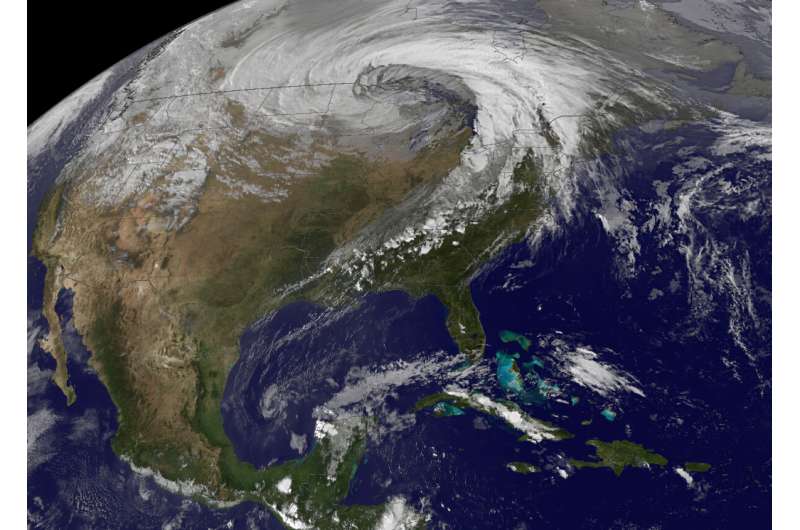New study is the first to examine what happens when cyclones and fires collide

As strong winds and torrential rains inundate Australia's south-eastern coast, new research suggests that high intensity bushfires might not be too far behind, with their dual effects extending damage zones and encroaching on previously low-risk residential areas.
Conducted by an international research team, including the University of South Australia, the research, published in Trends in Plant Science, is the first to examine what happens when cyclones and fires interact.
The study found that when severe weather events occur in close succession (more common due to climate change) they can have major impacts on the environment, with the interactive effect of the two disturbances being larger than that of each individual event combined.
UniSA researcher and ecologist, Associate Professor Gunnar Keppel, says that understanding the effects of intense weather changes can help us safeguard against damaging outcomes.
"Cyclones and fires are formidable weather events in their own right, but when they occur in close succession, their effect can more than double," Keppel says.
"When a tropical cyclone or a storm hits, it opens forest canopies, creating a large amount of debris and drier and warmer conditions on the ground. In turn, this dry material increases the likelihood, intensity, and area of subsequent fires."
"Furthermore, with cyclones expected to occur at lower latitudes, it might mean that fires could occur in previously untouched areas, for example, the greater Brisbane area in Australia. We need to be aware of this so that we can mitigate possible risks."
The research coincides with CSIRO's 2022 State of the Climate report which projects a greater proportion of high-intensity storms, longer fire seasons and more dangerous fire weather.
Keppel says that shifting weather patterns affect all aspects of our environment—from ecosystems to suburban areas.
"Climate change is modifying cyclone and fire regimes worldwide, producing increased intensities of cyclone–fire interactions that change biomes and their distributions," Keppel says.
"Once an environment is damaged, it takes time to regenerate, and if it doesn't recover due to a fire or subsequent cyclone, the negative impacts last longer and can reduce protective buffer zones for other regions."
"Understanding the likely future interactions of cyclones and fires under climate change is a necessary step to protect against avoidable devastation."
More information: Thomas Ibanez et al, Altered cyclone–fire interactions are changing ecosystems, Trends in Plant Science (2022). DOI: 10.1016/j.tplants.2022.08.005
CSIRO Report: www.csiro.au/en/research/envir … State-of-the-Climate
Journal information: Trends in Plant Science
Provided by University of South Australia




















